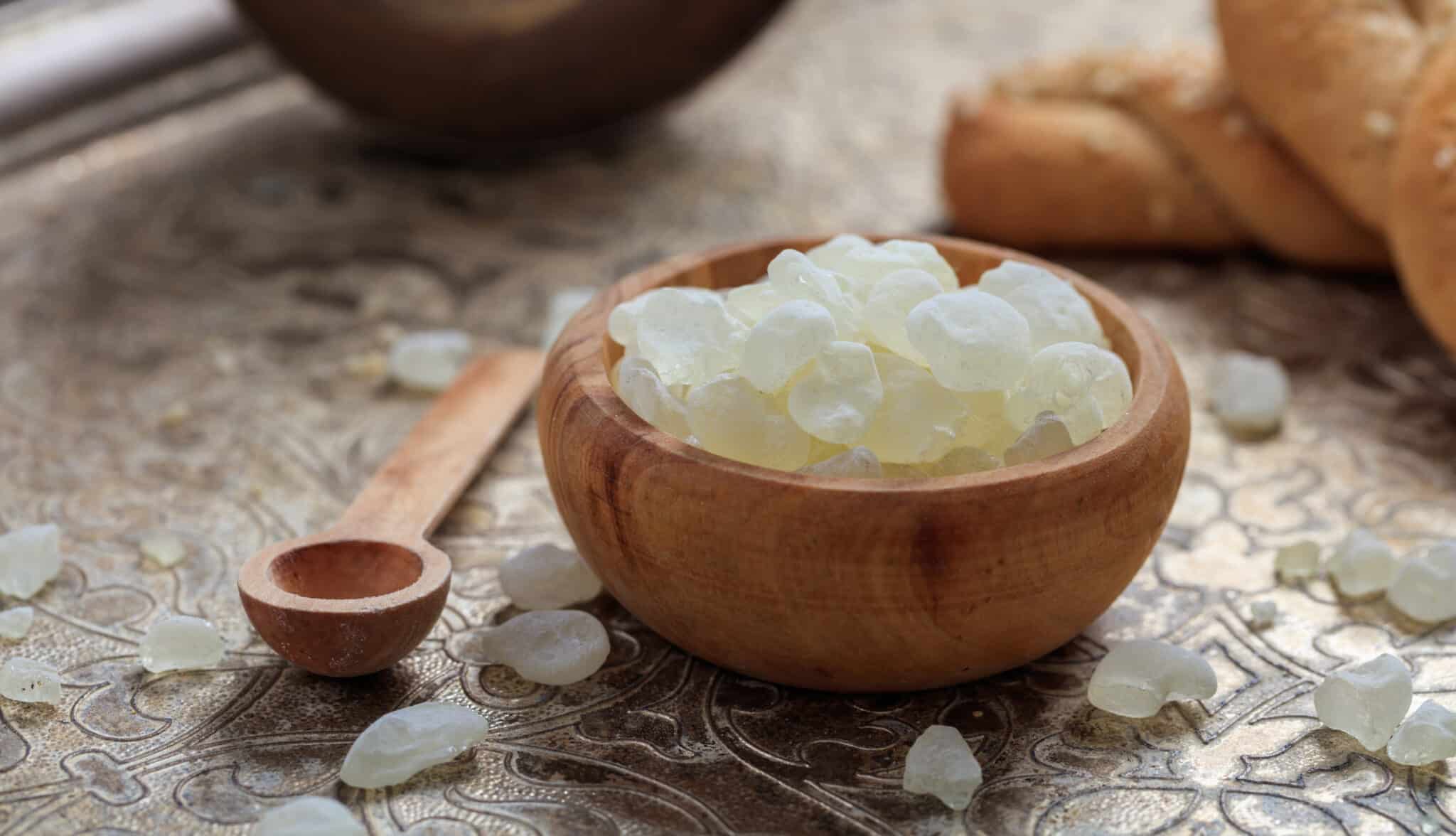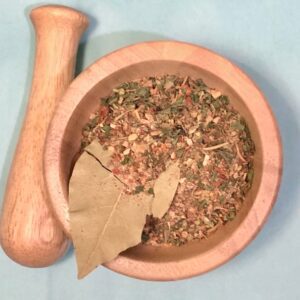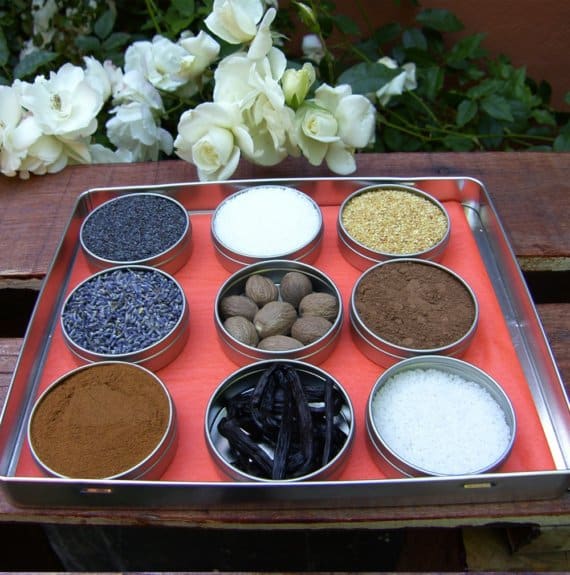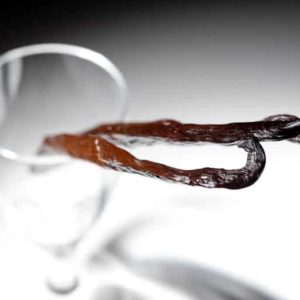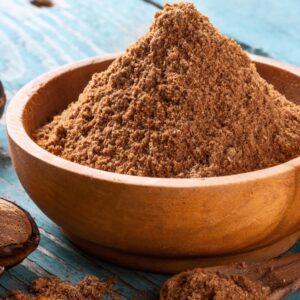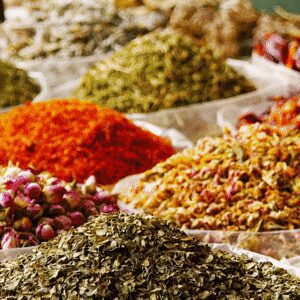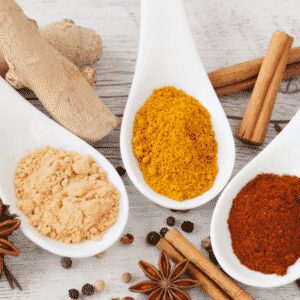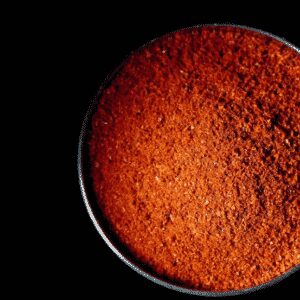In the world of spice, there is plenty of overlap: peppers that share hot or umami-like qualities, aromatic barks with similar notes and bright or floral notes in certain East Indian spices – but have you ever wanted to try a seasoning that tastes nothing like anything you’ve ever had before?
Native to only the southern end of the Greek island of Chios, the strangely resinous, pine-like and creamy mastic gum can offer you a culinary experience few outside of the eastern Mediterranean have ever sampled.
Video Overview
A Precious and Revered Spice with a Long and Colorful History
Harvested by scoring the bark of the Pistacia Lentiscus tree, Mastic gum appears as drooping “tears” of resin, which are then painstakingly collected and polished after they eventually harden and drop onto the calcium carbonate powder laid at the base of the tree by farmers. The process takes several months, from June through October, and the careful, diligent approach required for its harvest has historically been reflected in its market value.
Mastic gum was so profitable a spice for the Genoese occupiers of Chios in the 14th and 15th centuries, that they built fortified towns for the villagers tasked with the production of the resin. Complete with watchtowers, curfews and severe punishments for those caught stealing the product, the construction of these fortified settlements demonstrates the bullish demand and esteem for this spice throughout history. These mastichochoria, or “mastic villages” have retained their antique charm with cobbled streets, masonry that harkens to the origins of its Italian financiers, and unique black-and-white geometric patterns called Ksista etched onto its houses.
Apart from its uses as a spice in antiquity, mastic was sought after for its apparent health benefits. It is known that the Romans chewed it as a breath-freshener and that Hippocrates recommended its use in the treatment of several sorts of digestive maladies. Even in the present day, multiple studies have argued for the effectiveness of the resin in combating Helicobacter pylori, an ulcer-causing bacterium linked to gastric cancer. Other large studies have indicated that mastic gum can reduce plaque levels and even kill the bacteria that causes gum inflammation and gingivitis. The evidence seems to indicate that ancient peoples regarded mastic as a health tonic for very good reasons!
But what does mastic gum taste like? And what can I do with It?
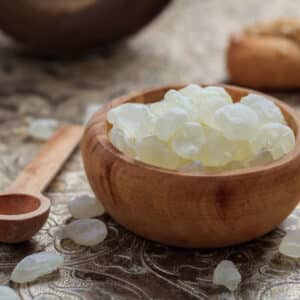
Often described as “piney”, creamy or even vanilla-like, mastic gum has a distinctly eastern Mediterranean-sort of herbal flavor. Reminiscent of the rich, fragrant flora and oceanic salt air of that region, mastic’s creamy and resinous qualities lend themselves well to sweets, savory dishes and blending with other herbs & spices.
Home cooks can use mastic in a wide variety of Greek & Middle Eastern dishes, from the Cypriot cheese pies known as flaounes to Greek mastic bread or the nouveau Greek entrée known as Chicken Mastihato. Mastic can also be blended with a bit of sugar or honey and eaten as a spoon sweet – with a knack for helping a sweet tooth and a rumbling stomach – or merely ground up and used as part of a spice blend for rubbing and marinating chicken, fish or lamb.
Pick up some mastic gum today. We’ll ship straight to your door, and then you can get started making exotic Mediterranean fare (or maybe just enjoying its wonderful fragrance, taste and potential health benefits) right away!

